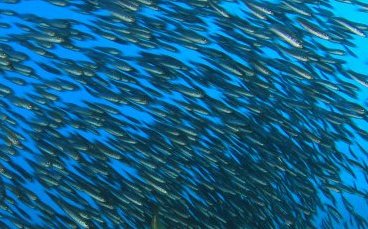The Marine Ingredients Organization (IFFO) publishes market intelligence reports for its members that include an analysis of both the supply and demand sides of the market with research focusing on the global trends of animal farming and fish catches, agri-commodities, commodities’ prices and general macro-economic conditions.
According to the IFFO’s analysis of marine ingredient market trends for January-September 2020, marine ingredients performance was in line with the average of the previous five years.
The lower-than-average landings in the U.S. were offset by the improved availability of raw material in all other regions analyzed in the IFFO monthly report. Total cumulative fishmeal production through September 2020 (including salmon-based meal) remained slightly down with respect to the previous year, at around 2,5%, with annual reductions in all regions but Denmark, Norway and African countries.
Total cumulative fish oil production in the first nine months of the year was also down by around 2.5%, driven by significant drops in the historically big fish oil-producing countries of Peru and the U.S., plus India. India’s landings have rebounded since the imposition of a COVID-19-related lockdown, reporting year-on-year improvements in all months since May.
As China is by far the main market for marine ingredients, a special focus is dedicated to this country with an “ad hoc” report. “In September, the peak season for fishmeal consumption, fishmeal imports rebounded significantly, with Peru taking the lion’s share. Based on the daily offtakes of fishmeal from ports’ warehouses, it appears clear that the peak season is coming to an end soon,” the report stated.
The North of China began to pause its aquaculture with the arrival of the autumn season, focusing now on pig farming. The South of China is expected to sell most of its seafood stock and is now preparing for the next season. Pig inventory continued to improve in September, with prices related to pig and pork decreasing as a consequence. As for feed, pig feed output continued to improve in September, while aquafeed output lost ground.













